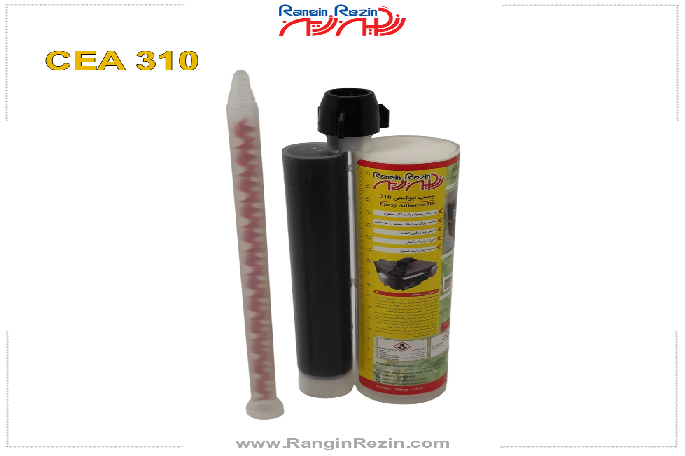Epoxy aginizing stone cup

What is stone cup؟
Kop stone is a stone that is extracted directly from the mine, from the heart of the mountain, it is cut in the stone cutting and it is made into desired shapes, such as slab stone.
Construction stone production steps from cup to cut:
First Stage
Carving or standardizing the ore coupe mined in the mine:
First, the stones are extracted from the mines and then they are sent to the stone cutting factories in the form of multi-sided coupes weighing about 20 tons. Many quarried Coop stones have dimensions larger or smaller than standard.
In the factory, stones that have dimensions larger than the standard are cut with wire or taklam, and as a result, the stone becomes round and stones with dimensions smaller than the limit After cutting, the standard gives less stone size and as a result the price of stone increases.
The operation of cutting stone under the saw generally takes between 15 and 20 hours. In other words, a standard stone cup can produce about 480 square meters of stone, but unfortunately, most of it is not like this, and this causes a waste of time and energy in stone factories As a result, it leads to an increase in the cost of the product.
Second Stage
Removing cracks and cracks in the cope stone (not cut):
In some cases, by carefully examining the stone cup, we notice the cracks and grooves hidden inside the stone cup.Removing these cracks and grooves creates high efficiency and economic prosperity in the field of decorative stone production, and not paying attention to them causes the whole stone to be crushed and destroyed When cutting, it is under the saw and creates financial and life losses.
What is the epoxy aginization of cop stone؟
During some processes, these cracks and grooves must be filled, in which we use the epoxy resin of the stone cup to fill these cracks and grooves, which is called epoxy aginizing (Vacuumizing) is called a kop rock.
Epoxy copper ore resin is a very dilute industrial material. This shiny material has the ability to penetrate the smallest pores in natural and artificial stones, even kop stones. In fact, this product penetrates all cracks in the stone and increases the strength level of the raw stones before being processed.
Epoxy resin of stone cup by filling the voids and seams of raw stones also makes it easier to process various stones, especially brand and expensive stones such as marble and travertine. In addition to beautifying the surface of the stone, this chemical increases its resistance against harmful chemical and alkaline factors.
Epoxy-agine process (vacuum) of stone coop:
The epoxy process of agin cop is done in such a way that after washing and drying the desired cop ،Narrow and capillary tubes are placed on its cracks, such as for the injection of epoxy glue. Then a grid mesh and a kind of plastic are stretched around it for sealing in such a way that the cope is completely isolated and the physical connection of the cope stone with the outside of the plastic is completely cut off. Finally, by connecting the pipes to the vacuum device and continuously suctioning the device, a vacuum is created in the cracks of the stone and the injected epoxy is due to the presence of a vacuum، It is injected into all cracks and veins.Cope temperature control is very important. This work should be done under temperature conditions of 40 to 50 degrees Celsius .
In this way, after the injection is completed and at least 48 hours have passed, the desired cup is ready to be cut.
Third stage
Removing cracks and crevices of cut stones (slabs):
After finishing the epoxy agin (vacuum) step of cutting the cup and cutting it in the form of slabs, cracks and pores in the cut stone (slab), we see .These pores on the surface of the stone، It must be filled so that the stone becomes impermeable to water and moisture, and removing them increases the quality and health of the produced stone and also creates high efficiency in the field Decorative stones are produced.
Using epoxy resin (glue) on the back and on the stone, cracks and cracks can be filled.So that first the slabs of the stone are placed horizontally and a special resin mesh is drawn on the back of the stone to hold the broken parts of the stone and then the resin (glue) epoxy is drawn on it.
After drying the back of the stone, they turn the stone towards its top and cover the stone with a better epoxy glue.
Note:Providing the right temperature of the stone is very important because the high temperature of the stone surface causes the resin to harden quickly before it penetrates into the pores, and the low temperature of the stone also causes it The time of hardening of the resin increases, and as a result, the resin comes out from the other side of the stone, and the pores in the stone are not filled, causing problems in the stone.











